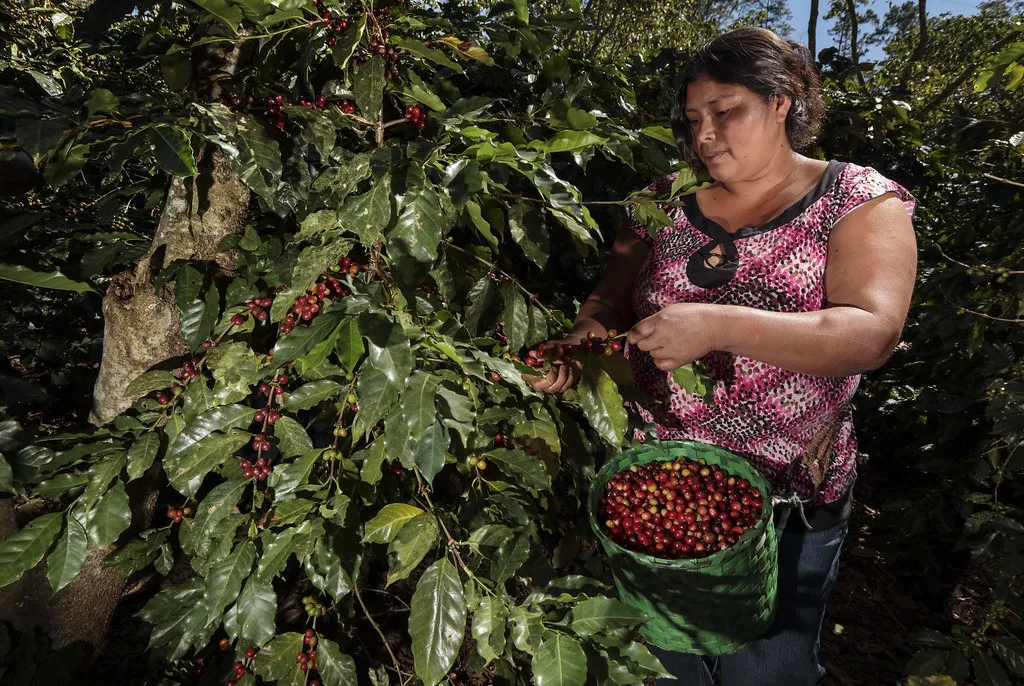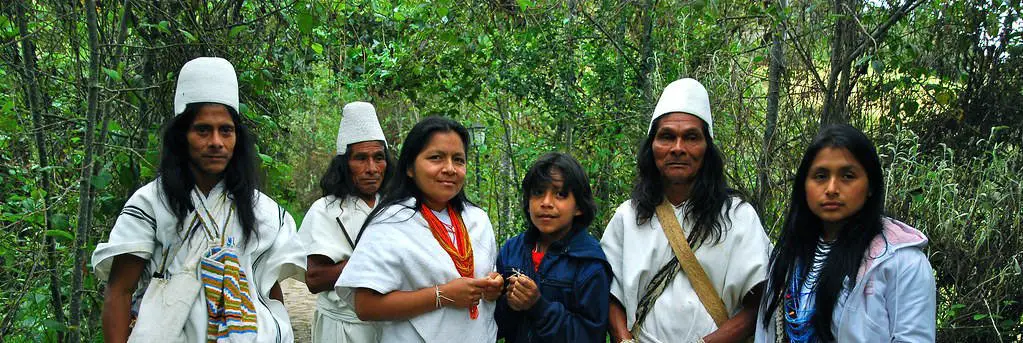Discover amazing regional Guatemala coffees
As a coffee drinker who goes only for the best, you certainly have come across Guatemala coffee. I did too, but when I first tried it, it was just another coffee to me. Maybe it was just my ignorance and lack of experience, but I was not yet sold on it. But when I tasted a coffee from the highlands of Huehuetenango, I realized what I had been missing out. Don’t get me wrong, even a generic Guatemala coffee worth every penny, medium to full-bodied, but with balanced acidity and notes ranging from citrus to dark chocolate. But as I found out, there is an exciting world of regional Guatemalan coffees with amazing taste profiles out there for you to discover. Start exploring the coffees from various growing regions and single estates. Depending on where you live, it might be a bit difficult to get your hands on anything beyond just standard Guatemala coffee. But you can find several reliable sources online. A very interesting source is AltruisticJoe, a veteran-owned company. They specialize in microlots from selected and reputable farms. Check out their attractive offers and support their cause: 20% of their profits go to charity. Follow me on this exciting journey. Here are some of my current favorites that can be easily ordered online from Volcanica, a most reputable roaster (first row) or from amazon.com to give you a head start. Just click on the images below.What makes Guatemala coffee so special?
Guatemala’s geography is very diverse, and with it comes a huge variety of microclimates. These lead to enormous variations in flavor profiles. Almost all coffee plantations are at an altitude of around 5000ft and above and enjoy perfect growing conditions. Temperatures are stable and mostly moderate. At this altitude, there is also plenty of sunshine and moderate rain. Thirty-seven volcanoes, several of them still active, provide a mineral-rich and fertile soil adding to flavors’ complexity.  And best of all, almost all coffee is shade-grown, which prolongs its maturation and intensifies the flavors. As an added benefit, shade-grown coffee protects the ecosystem and maintains an environment with rich biodiversity.
Guatemala coffee generally has a full body, moderate acidity, and a complex flavor profile with floral and fruity notes and a distinct hint of dark chocolate. But taste depends, among others, on the varietal, soil composition, altitude, and post-harvest processing. You can expect exciting taste variations when sampling coffees from different growing areas.
And best of all, almost all coffee is shade-grown, which prolongs its maturation and intensifies the flavors. As an added benefit, shade-grown coffee protects the ecosystem and maintains an environment with rich biodiversity.
Guatemala coffee generally has a full body, moderate acidity, and a complex flavor profile with floral and fruity notes and a distinct hint of dark chocolate. But taste depends, among others, on the varietal, soil composition, altitude, and post-harvest processing. You can expect exciting taste variations when sampling coffees from different growing areas.
Coffee varietals grown in Guatemala
All coffee grown in Guatemala is of the Arabica species. The most common varietals are:- Bourbon
- Typica
- Catuai
- Caturra
- Pache
- Geisha
Guatemala’s 8 growing regions for exceptional coffee
Don’t get me wrong, coffee labeled just as Guatemala and without any regional specification can be great as well. But if you are like me, you will want to explore the unique and exceptional coffees that the various growing regions can offer. These have been designated by Anacafé (Asociación Nacional de Café), Guatemala’s national coffee association. The 8 distinct growing regions are:Antigua Coffee
- temperature range 64 – 72ºF
- rainfall 32 – 48 in
- humidity 65%
- altitude 5000 – 5600
Acatenango Valley
- temperature range 57 – 88ºF
- rainfall 48 – 72 in
- humidity 70 – 80%
- altitude 4300 – 6500 ft
Traditional Atitlan
- temperature range 68 – 72ºF
- rainfall 72 – 92 in
- humidity 75 – 85%
- altitude 5000 – 5600 ft
 Almost all coffee in that region is grown on the three volcanoes’ mineral-rich slopes around Lake Atitlán. Daily winds blow over the cold waters of the lake uphill and create a unique microclimate. The lake also provides water for wet processing the harvest.
Almost all coffee in that region is grown on the three volcanoes’ mineral-rich slopes around Lake Atitlán. Daily winds blow over the cold waters of the lake uphill and create a unique microclimate. The lake also provides water for wet processing the harvest. Rainforest Cobán
- temperature range 59 – 68ºF
- rainfall 120 – 160 in
- humidity 85 – 95%
- altitude 4300 – 5600 ft
Fraijanes Plateau
- temperature range 54 – 79ºF
- rainfall 60 – 120 in
- humidity 70 – 90%
- altitude 4,500 – 6,000 ft
 Guatemala’s most active volcano, the Pacaya volcano, towers over the region. With frequent eruptions of mineral-rich ash, it enhances the soil in its vicinity.
The region’s high altitude of up to 6,000 feet and a lot of seasonal rain are ideal growing conditions. The mornings are often cloudy and foggy with an occasional drizzle, but the sun soon dries the soil quickly. These conditions allow for sun-drying the coffee beans on the Fraijanes Plateau.
Guatemala’s most active volcano, the Pacaya volcano, towers over the region. With frequent eruptions of mineral-rich ash, it enhances the soil in its vicinity.
The region’s high altitude of up to 6,000 feet and a lot of seasonal rain are ideal growing conditions. The mornings are often cloudy and foggy with an occasional drizzle, but the sun soon dries the soil quickly. These conditions allow for sun-drying the coffee beans on the Fraijanes Plateau.
Highland Huehuetenango
- temperature range 68 – 75ºF
- rainfall 48 – 56 in
- humidity 70 – 80%
- altitude 5000 – 6500 ft
New Oriente
- temperature range 64 – 77ºF
- rainfall 72 – 80 in
- humidity 70 – 80%
- altitude 4300 – 5600 ft
San Marcos
- temperature range 70 – 81ºF
- rainfall 160 – 200 in
- humidity 70 – 80%
- altitude 4300 – 6000 ft
Why has Guatemala coffee been so successful?
Even though Guatemala is a very small country, it still maintains the number 10 position among coffee-producing countries with 2.3% of world coffee production. Several years ago, before Vietnam, India, Indonesia, and Honduras expanded their production, it ranked number 5 in the world.Guatemala still focuses on producing consistently high-quality coffee, and exports about 90% of its production. This is also thanks to the great work of Anacafé (Asociación Nacional de Café), Guatemala’s national coffee association. It was established in 1960 and represents coffee farmers from around the country and helps them by setting quality standards, creating a favorable brand image, and providing professional education and support.
[azonpress_tables id=”1″]






